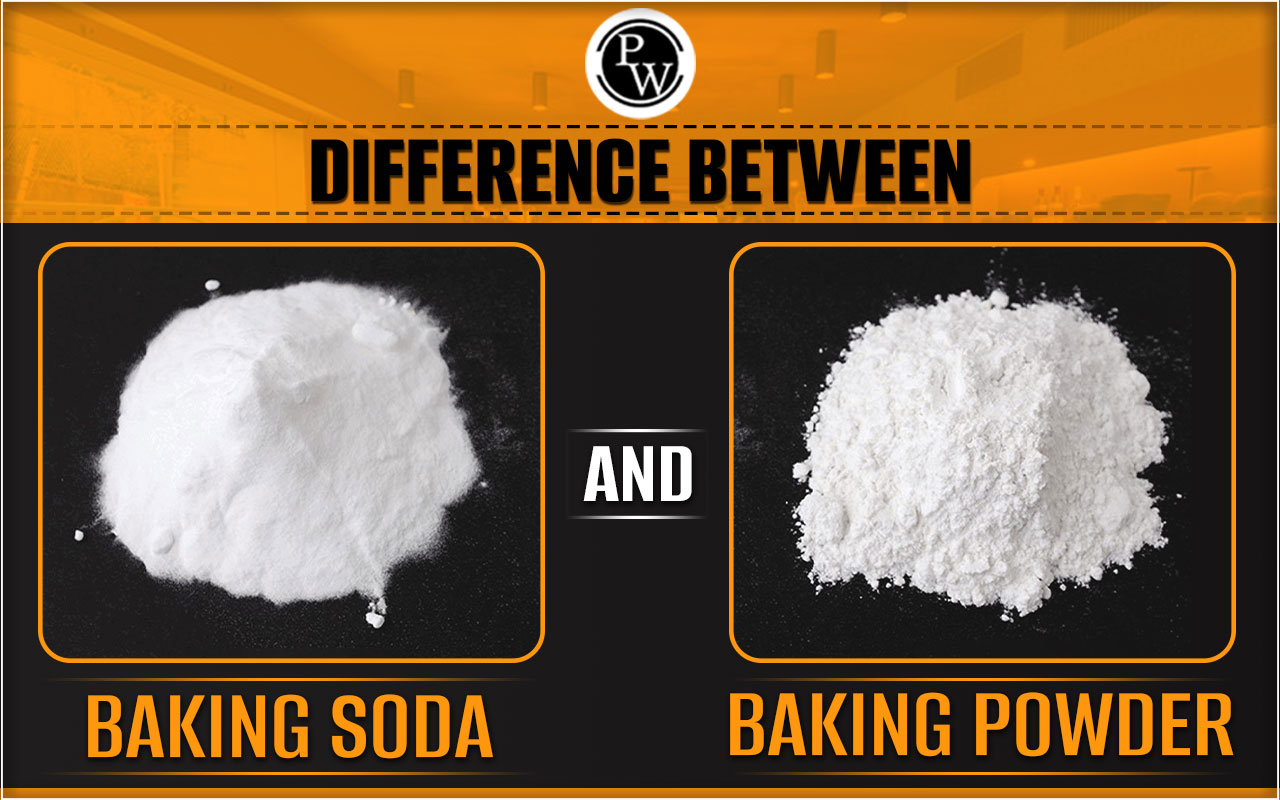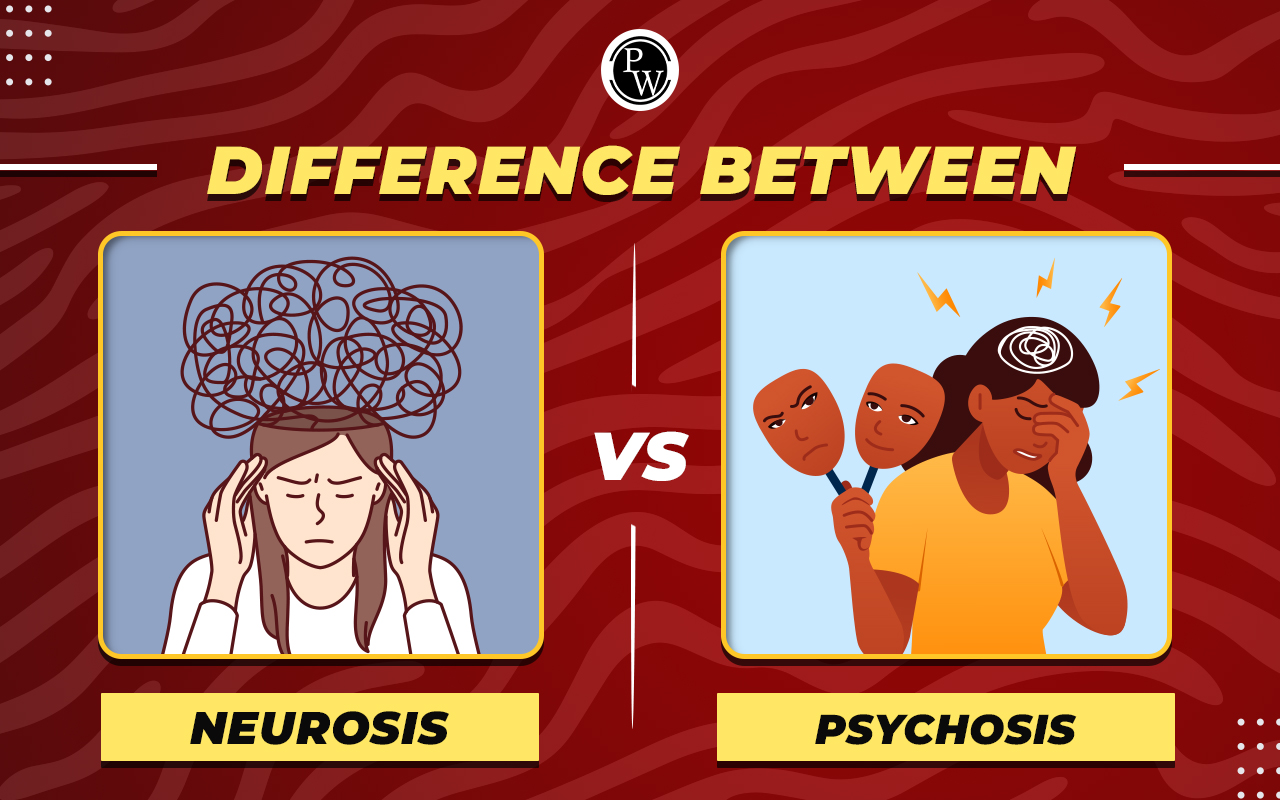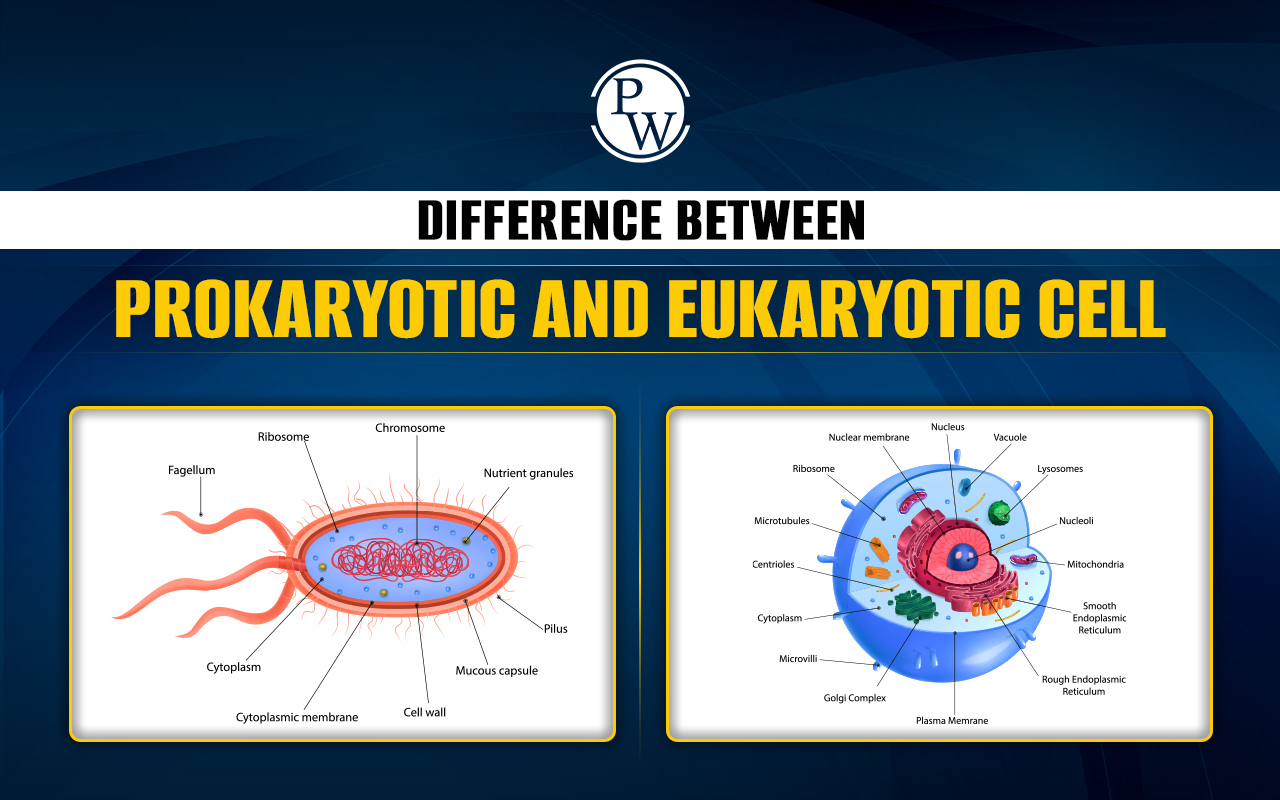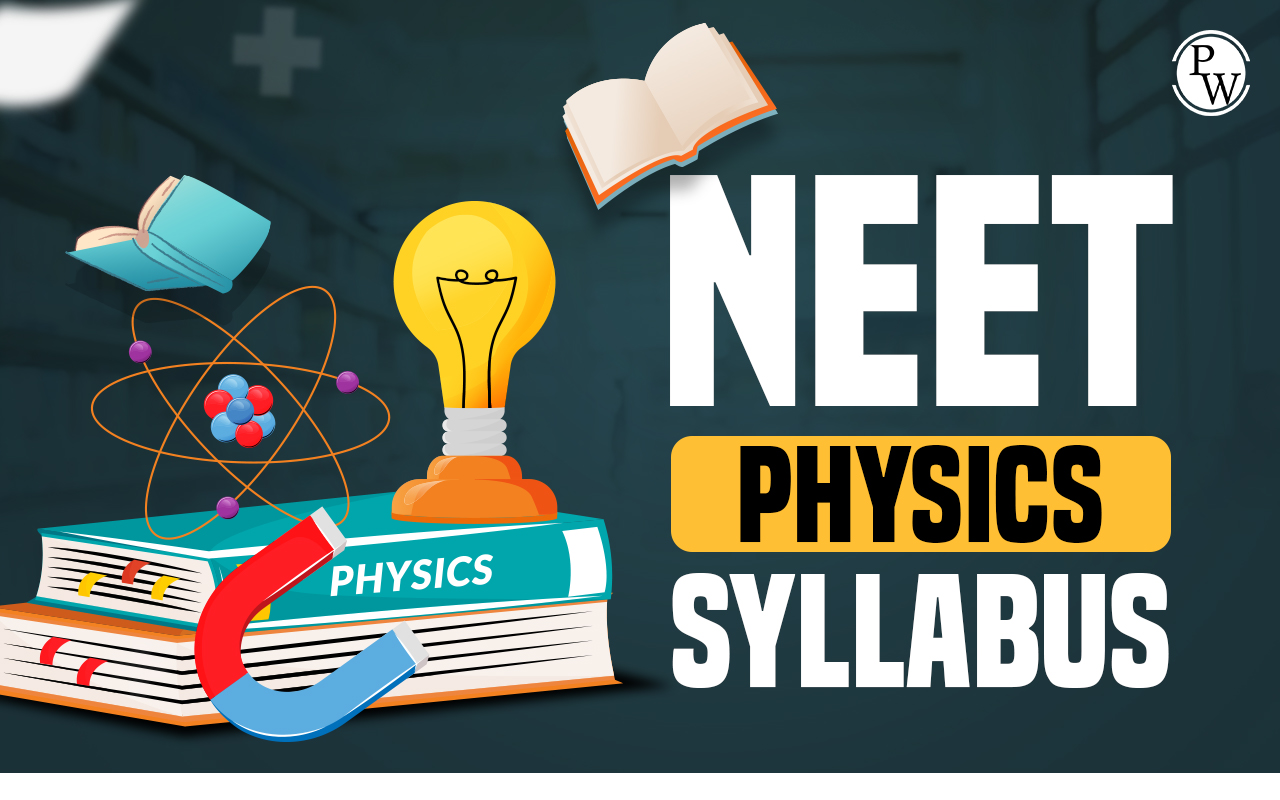
Difference Between Transducer and Sensor : Transducers and sensors find applications in a variety of appliances and gadgets. These physical devices are used in electrical and electronic instruments to measure various physical quantities.
Differentiating between transducers and sensors is crucial for better understanding their fundamentals and comprehensively comparing their functionalities. Let's explore the difference between transducer and sensor to enhance our knowledge of these essential components.| NEET Physics Syllabus | NEET Physics Important Questions with Answers |
| NEET Physics Chapter wise Weightage | NEET Physics MCQs |
| NEET Physics Notes | NEET Physics Formulas |
Difference between Transducer and Sensor Overview
In the realm of measurement and instrumentation, transducers and sensors are fundamental components that play distinct roles in converting physical quantities into useful signals. Anyone who works with electrical or electronic instruments must understand the distinction between transducers and sensors. It is widely used in various applications, including audio devices, medical imaging, and industrial automation. It applies in diverse fields, such as automotive systems, consumer electronics, and environmental monitoring. Understanding these key distinctions helps in selecting the appropriate component for specific applications and contributes to a more nuanced comprehension of the intricacies of measurement devices.Difference between Transducer and Sensor
Transducers are crucial in enabling the interface between different systems and facilitating the monitoring, controlling, and analyzing of physical quantities in various applications. Their versatility makes them fundamental components in many technological devices and systems. Sensors are used in various industries and sectors due to their ability to detect physical properties and changes in surroundings. The table below shows the difference between transducer and sensor :|
Difference Between Transducer and Sensor |
|||
|---|---|---|---|
| Sr. No. | Criteria | Sensor | Transducer |
| 1 | Function | Detects and measures physical quantities. | Converts one form of energy into another. |
| 2 | Operation | Sensing. | Sensing and transformation. |
| 3 | Example | Thermocouple (measures temperature). | Microphone (converts sound energy to electrical signals). |
| 4 | Output | Provides an output (e.g., electrical signal) | Converts energy, often providing a different form of output. |
| 5 | Role | Collects data about the environment. | Converts signals, integral for signal processing and control. |
| 6 | Application | Used in monitoring and data collection. | Applied in various fields, including signal processing. |
| 7 | Bi-functionality | Some devices can function solely as sensors. | Many devices can serve as both sensors and transducers. |
| 8 | Industries | Found in automotive, healthcare, etc. | Utilized in diverse industries such as manufacturing and robotics. |
| 9 | IoT and Smart Devices | Essential for data acquisition. | Facilitates the conversion and processing of data signals. |
| 10 | Technological Impact | Advancements enhance accuracy and efficiency. | Contributes to the development of sophisticated systems. |
What is Transducer?
Transducers can be broadly classified into two main types based on their functionality: input transducers and output transducers. Input transducers are designed to detect and measure specific inputs, such as changes in temperature, variations in pressure, or fluctuations in light intensity. These devices convert physical quantities or environmental stimuli into electrical signals, which are subsequently utilized for further analysis. Conversely, output transducers, often referred to as actuators, perform the opposite function by converting electrical signals into physical actions or outputs. These devices take electrical signals as input and produce a corresponding non-electrical output, which may manifest as mechanical motion, heat, or light. Output transducers find extensive applications in diverse fields, including robotics, automation systems, and display technologies. It is noteworthy that transducers can exhibit bidirectional functionality, serving as both input and output devices depending on the specific application requirements. Different types of transducers are designed for specific applications and energy conversions. Common types include:- Electromagnetic Transducers: Convert electrical energy to mechanical energy or vice versa. Examples include loudspeakers and microphones.
- Piezoelectric Transducers: Utilize the piezoelectric effect to convert mechanical stress or vibrations into electrical signals and vice versa. Commonly found in sensors, ultrasound devices, and actuators.
- Optical Transducers: Convert light or optical signals into electrical signals, as seen in photodiodes or solar cells.
- Thermoelectric Transducers: Convert temperature differences into electrical voltage, often used in temperature sensors.
- Strain Gauge Transducers: Measure deformation or strain in a material and convert it into an electrical signal, commonly used in load cells.
Applications of Transducer
Transducers find applications in various fields where converting one form of energy to another is essential. Here are some common applications of transducers:- Ultrasound Transducers: Convert electrical energy into sound waves for medical imaging, such as ultrasound scans.
- Microphones: Convert sound waves into electrical signals for amplification and recording.
- Loudspeakers: Transform electrical signals into sound waves for audio output.
- Position Sensors: Monitor the position of components in the engine or transmission.
- Pressure Transducers: Measure fluid pressure in the brake or fuel systems.
- Strain Gauges: Measure deformation or strain in structures and materials.
- Load Cells: Convert force or weight into electrical signals for weight measurement.
- Weather Stations: Use various transducers to measure temperature, humidity, wind speed, and atmospheric pressure.
- Accelerometers: Measure acceleration in aircraft for navigation and control systems.
- Force/Torque Sensors: Provide feedback on the force exerted by a robot's end-effector.
- Inertial Measurement Units (IMUs): Combine accelerometers and gyroscopes for precise motion sensing.
- Piezoelectric Transducers: Convert mechanical vibrations in power plants into electrical energy.
- Photovoltaic Cells: Transform sunlight into electrical energy in solar panels.
- Antennas: Convert electrical signals into electromagnetic waves for wireless communication.
- Touchscreens: Use capacitive sensors to detect and convert touch into input signals.
- Optical Sensors: Convert light signals into electrical signals in devices like optical mice.
- Sonar Transducers: Generate and receive sound waves underwater for navigation and detection.
- Seismic Transducers: Measure ground vibrations for oil and mineral exploration.
- Blood Pressure Transducers: Convert blood pressure into electrical signals for monitoring.
- Ultrasonic Transducers: Detect flaws or measure material thickness through ultrasonic waves.
- Photoelectric Sensors: Detect the presence or absence of objects in automated processes.
Examples of Transducers
- Thermocouple : A thermocouple stands as a commonly used transducer for temperature measurement. Industries, laboratories, and HVAC systems widely employ thermocouples for monitoring and controlling temperatures.
- Microphones: Microphones serve as another recognizable example of transducers. They convert sound waves from the air into electrical signals, which can be further amplified, recorded, or transmitted. Microphones find applications in audio recording, public address systems, telecommunication, and other fields.
What is Sensor?
A sensor is a crucial device employed to gauge and identify physical alterations or environmental conditions in the vicinity. It captures parameters like temperature, light intensity, pressure, and motion, transforming them into readable electrical signals for subsequent analysis, monitoring, or control. This output typically manifests as an electrical signal, which can undergo conversion into a human-readable form via a display, transmission over a network, or supply to a processing device, among other possibilities. Examples of commonly used sensors encompass temperature sensors, pressure sensors, humidity sensors, proximity sensors, photo sensors, motion sensors, and more.Applications of Sensors
Sensors find applications across various industries and sectors due to their ability to detect and measure physical properties, environmental conditions, and changes in surroundings. Here are some common applications of sensors:- Anti-lock Braking Systems (ABS): Wheel speed sensors help prevent wheel lockup during braking.
- Airbag Deployment: Accelerometers and impact sensors detect collisions and trigger airbag deployment.
- Parking Assistance: Ultrasonic or proximity sensors assist in parking by detecting obstacles.
- Heart Rate Monitors: Optical sensors measure heart rate in fitness trackers and medical devices.
- Blood Glucose Monitors: Electrochemical sensors measure glucose levels for diabetes management.
- Temperature Sensors: Used in thermometers and wearable devices for temperature monitoring.
- Weather Stations: Sensors measure temperature, humidity, pressure, and wind speed.
- Air Quality Monitoring: Gas sensors detect pollutants in the air.
- Water Quality Sensors: Measure parameters like pH, turbidity, and dissolved oxygen.
- Proximity Sensors: Detect the presence of objects in manufacturing processes.
- Pressure Sensors: Monitor pressure in hydraulic and pneumatic systems.
- Temperature Sensors: Control and monitor temperatures in industrial processes.
- Smartphones: Incorporate a variety of sensors, including accelerometers, gyroscopes, and ambient light sensors.
- Wearable Devices: Use sensors for fitness tracking, sleep monitoring, and health measurements.
- Home Automation: Motion, temperature, and door/window sensors enhance smart home systems.
- Soil Moisture Sensors: Monitor soil moisture levels for efficient irrigation.
- Crop Monitoring: Sensors measure environmental conditions and crop health.
- Motion Sensors: Detect movement in security systems.
- Door and Window Sensors: Trigger alarms in case of unauthorized entry.
- Inertial Measurement Units (IMUs): Accelerometers and gyroscopes aid in robot navigation and stabilization.
- Obstacle Avoidance: Ultrasonic or infrared sensors help robots navigate and avoid obstacles.
- Smart Grids: Sensors monitor power consumption and optimize energy distribution.
- Solar Panels: Light sensors optimize the orientation of solar panels for maximum efficiency.
- Traffic Monitoring: Sensors measure vehicle flow and optimize traffic signal timing.
- Railroad Switch Position Sensors: Ensure the correct alignment of railway switches.
Examples of Sensors
- Barometer: A barometer serves as a sensor designed to measure atmospheric pressure. It identifies changes in air pressure influenced by weather conditions and translates them into electrical signals. These signals can then be analyzed to determine whether the pressure is rising or falling, offering valuable insights for weather forecasting, aviation, and meteorological applications.
- Accelerometer: An accelerometer is a sensor employed to measure acceleration or alterations in velocity. Commonly found in smartphones, gaming controllers, and vehicle stability systems, accelerometers detect linear acceleration and tilt in various directions, converting these changes into electrical signals. This capability enables the detection of motion, orientation, and vibration, facilitating applications such as screen rotation, gesture recognition, and impact detection.
Difference Between Transducer and Sensor FAQs
Can a single device be both a sensor and a transducer?
Yes, many devices can function as both sensors and transducers. For instance, a thermocouple senses temperature changes (sensor) and converts them into electrical voltage (transducer).
Are all transducers also sensors, and vice versa?
While many devices can serve both purposes, not all transducers are sensors, and not all sensors are transducers. Some devices only sense physical quantities (sensors), while others only convert energy from one form to another (transducers).
Can you provide an example to illustrate the difference between a sensor and a transducer?
Certainly. Consider a photoresistor. As a sensor, it detects changes in light intensity. However, it becomes a transducer when it transforms the detected light changes into electrical resistance variations.
In what industries are sensors and transducers extensively utilized?
Sensors and transducers find applications across various industries, including automotive (for speed and temperature measurements), healthcare (for patient monitoring), and manufacturing (for quality control and process monitoring).
What role do sensors and transducers play in smart devices and IoT?
Sensors are crucial for gathering environmental data (e.g., temperature, motion). At the same time, transducers facilitate the conversion and processing of these data signals, enabling smart devices and IoT systems to operate effectively.
🔥 Trending Blogs
Talk to a counsellorHave doubts? Our support team will be happy to assist you!

Free Learning Resources
PW Books
Notes (Class 10-12)
PW Study Materials
Notes (Class 6-9)
Ncert Solutions
Govt Exams
Class 6th to 12th Online Courses
Govt Job Exams Courses
UPSC Coaching
Defence Exam Coaching
Gate Exam Coaching
Other Exams
Know about Physics Wallah
Physics Wallah is an Indian edtech platform that provides accessible & comprehensive learning experiences to students from Class 6th to postgraduate level. We also provide extensive NCERT solutions, sample paper, NEET, JEE Mains, BITSAT previous year papers & more such resources to students. Physics Wallah also caters to over 3.5 million registered students and over 78 lakh+ Youtube subscribers with 4.8 rating on its app.
We Stand Out because
We provide students with intensive courses with India’s qualified & experienced faculties & mentors. PW strives to make the learning experience comprehensive and accessible for students of all sections of society. We believe in empowering every single student who couldn't dream of a good career in engineering and medical field earlier.
Our Key Focus Areas
Physics Wallah's main focus is to make the learning experience as economical as possible for all students. With our affordable courses like Lakshya, Udaan and Arjuna and many others, we have been able to provide a platform for lakhs of aspirants. From providing Chemistry, Maths, Physics formula to giving e-books of eminent authors like RD Sharma, RS Aggarwal and Lakhmir Singh, PW focuses on every single student's need for preparation.
What Makes Us Different
Physics Wallah strives to develop a comprehensive pedagogical structure for students, where they get a state-of-the-art learning experience with study material and resources. Apart from catering students preparing for JEE Mains and NEET, PW also provides study material for each state board like Uttar Pradesh, Bihar, and others
Copyright © 2025 Physicswallah Limited All rights reserved.












